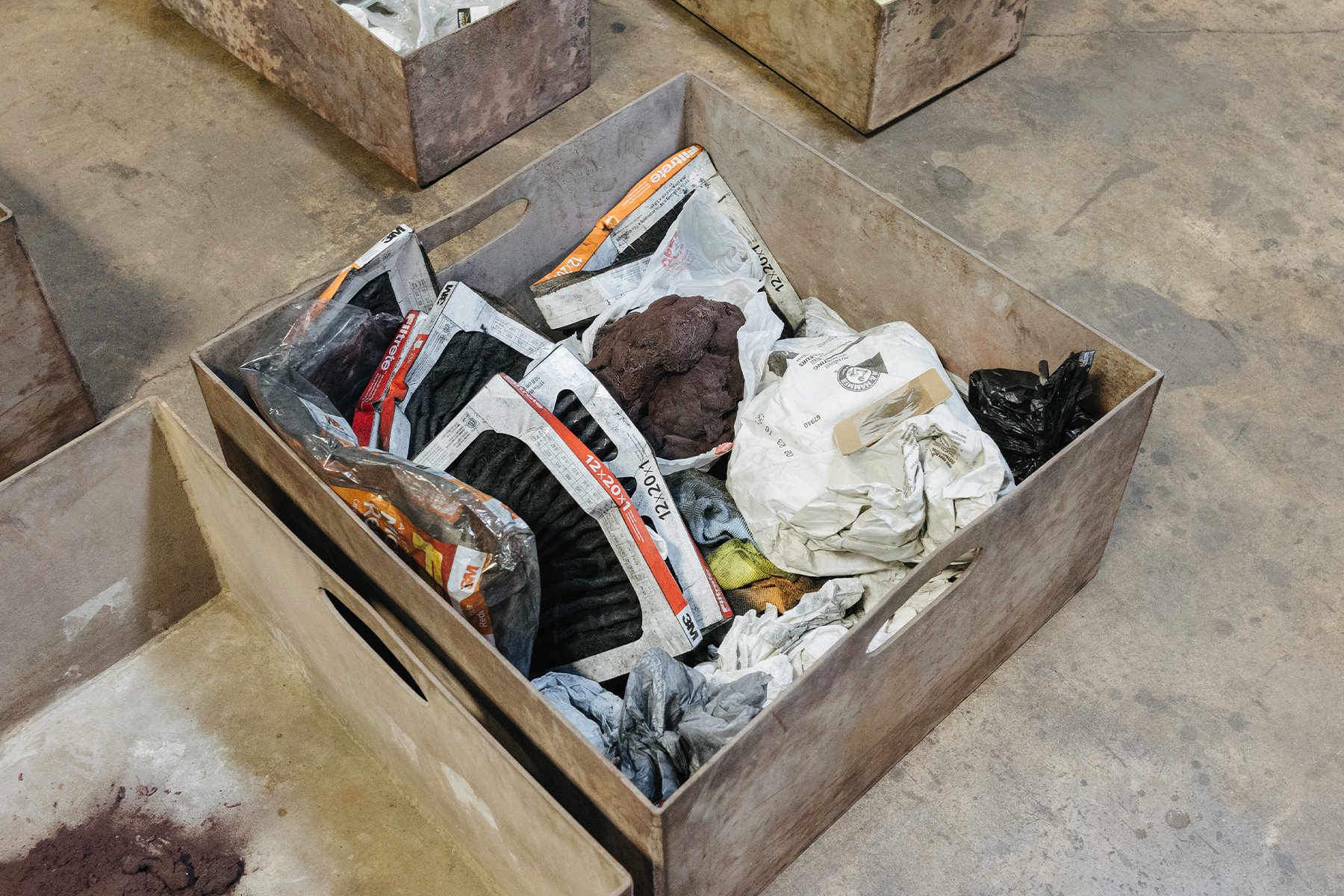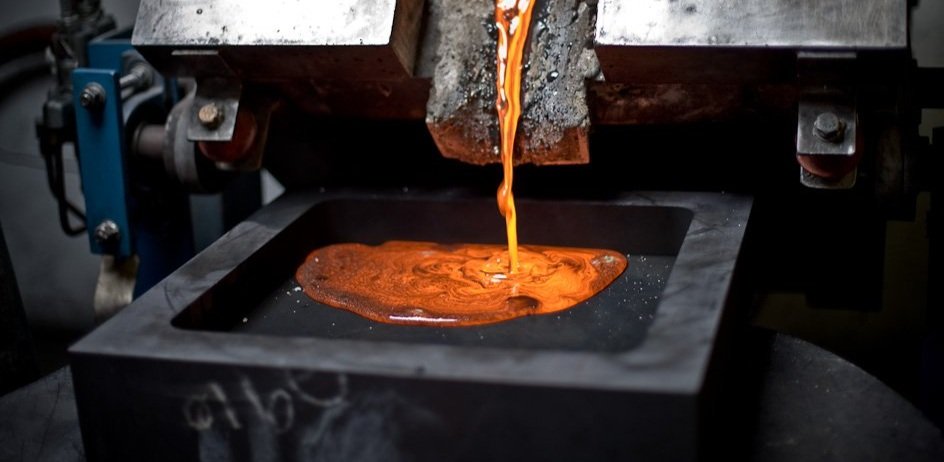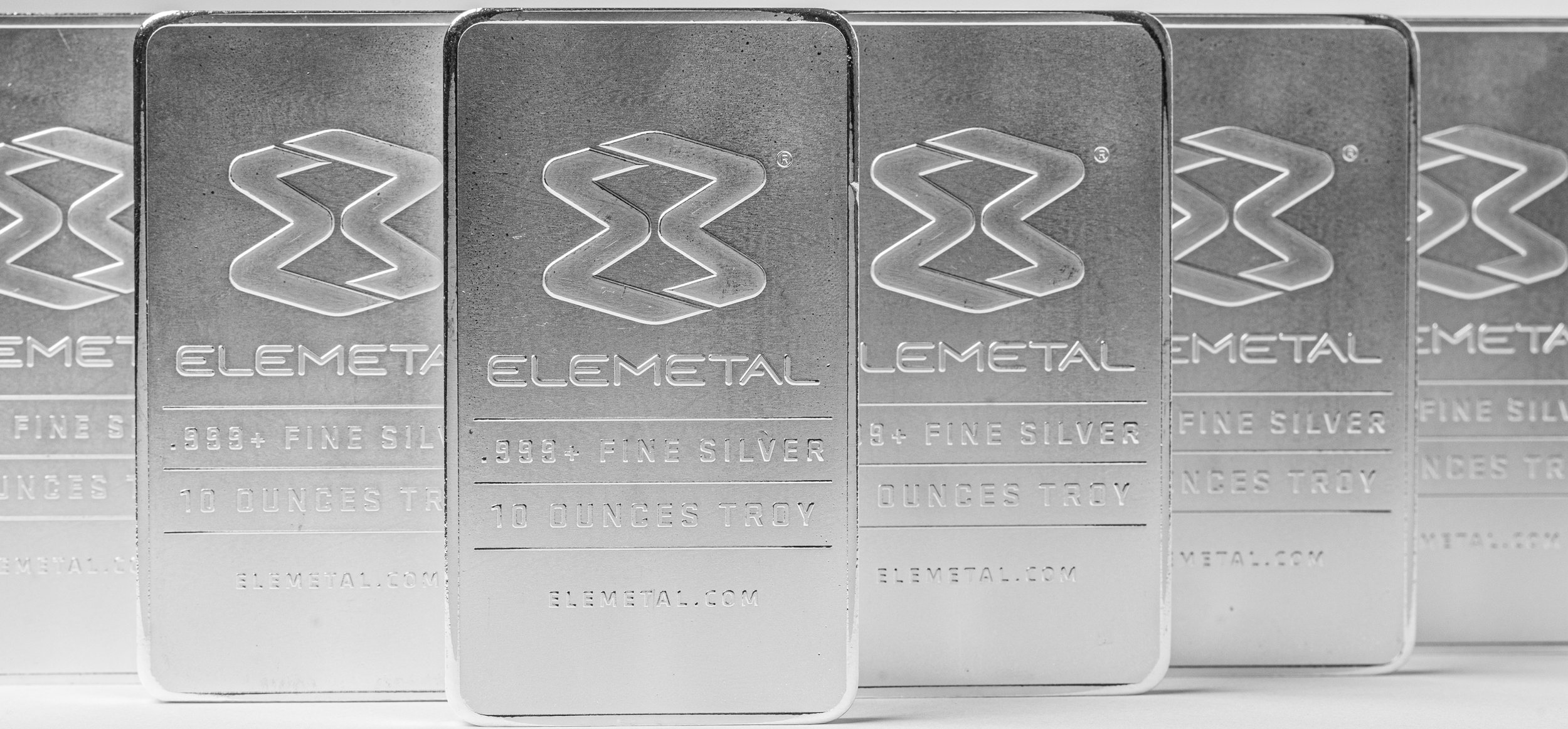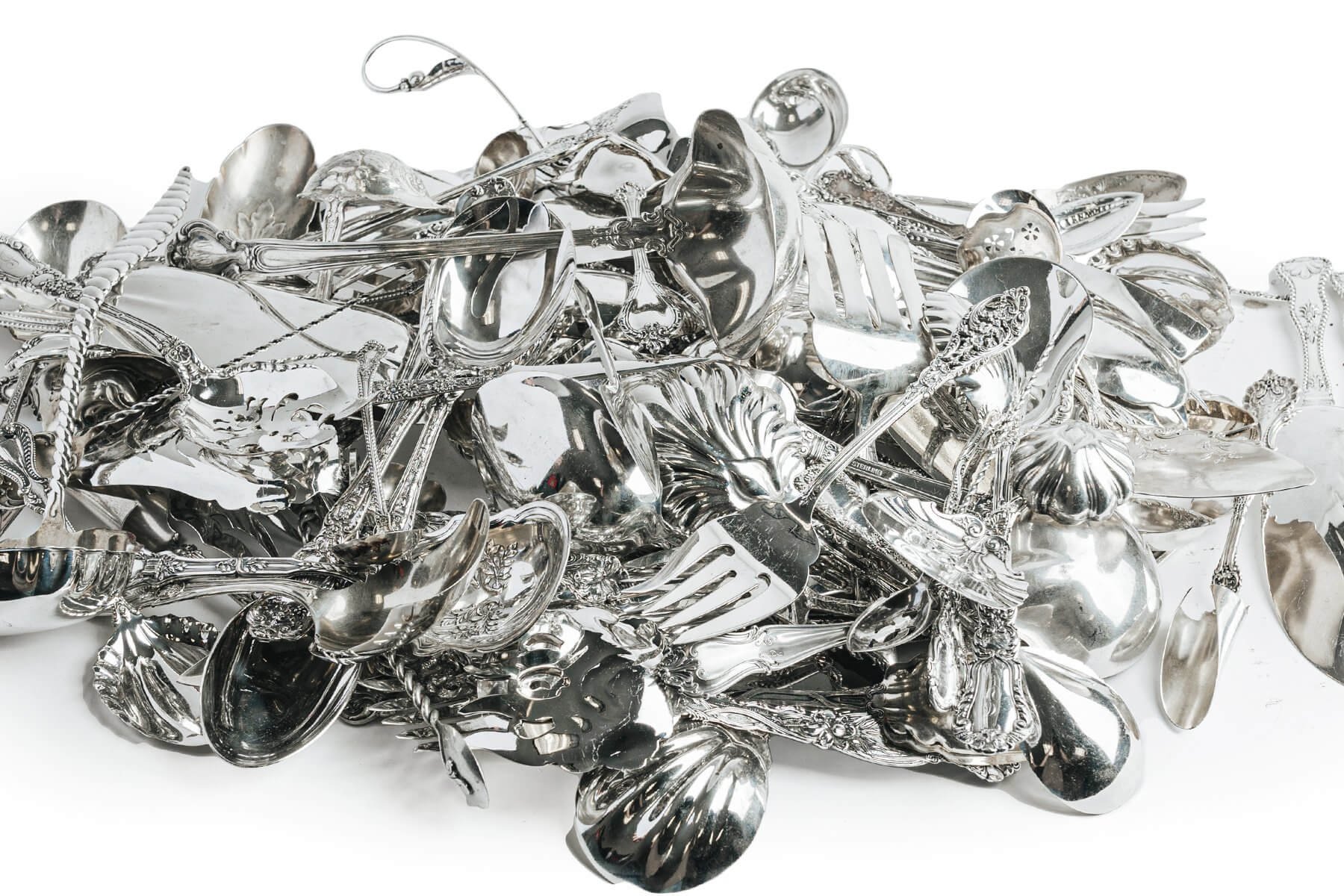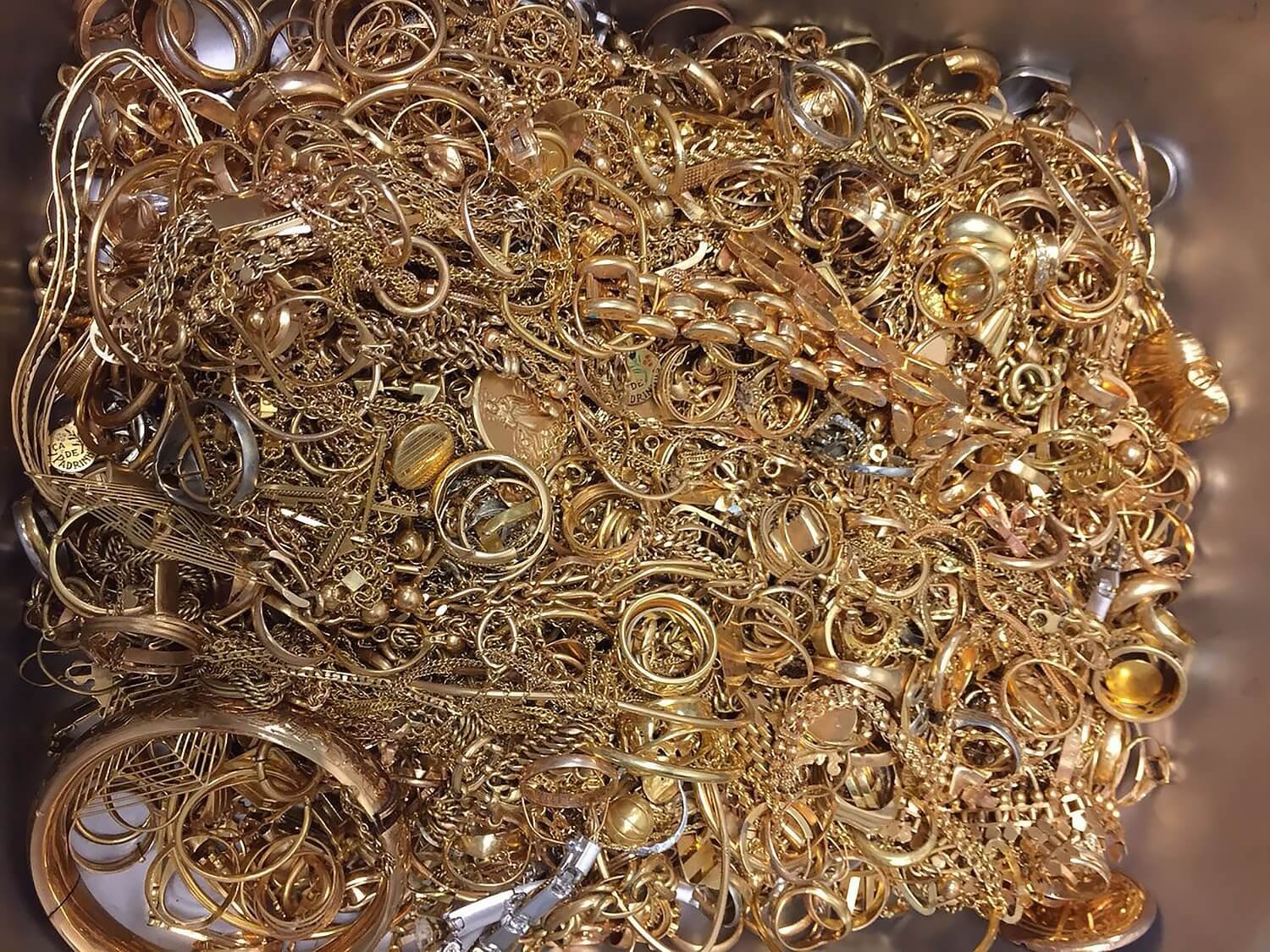The Most Common and Most Popular Birthstones in the U.S.
Birthstones hold a special place in the world of jewelry. Whether set in a family heirloom or gifted to mark a milestone, these colorful gems are often tied to identity, sentiment, and tradition.
To better understand how birthstone preferences vary across the country, we analyzed two key datasets: birth records from the CDC and Google Trends search data. This allowed us to determine the most common and rarest birthstones in every U.S. state and 100 major cities, as well as which stones people are searching for most.
Implementing Bullion Sales & Loans in Your Pawn Shop: A Strategy for Success
As pawn shop owners seek innovative strategies to remain competitive, one avenue worth exploring is the incorporation of bullion - bars, coins, or ingots of precious metals - into the business model. By offering bullion, pawn shops can appeal to a broader audience, attract more customers, and increase revenue. This article will provide insight into integrating bullion into your business, improving store traffic, loaning on bullion, and enhancing profits.
Gold Recycling, Sweeps, and Burnables – Improving Your Bottom Line
Gold recovery is a crucial part of any jeweler's business model, often helping boost profits by recycling and refining gold from various sources. Utilizing efficient recovery methods not only reduces waste but also offers economic benefits by extracting value from what would otherwise be lost. This article outlines several tips and methods jewelers can employ to maximize their gold recovery returns.
A Guide to Silver-Oxide Watch Batteries and Recycling
Silver-oxide watch batteries, sometimes called button or coin cells due to their compact, flat shape, are small batteries primarily used in wristwatches and other miniature devices such as hearing aids and calculators. Their popularity stems from their excellent stability, high energy density, and long shelf-life. These batteries work based on a chemical reaction between silver oxide (Ag2O) and zinc (Zn). Silver oxide serves as the cathode (positive electrode), zinc as the anode (negative electrode), and an alkaline solution (often sodium or potassium hydroxide) as the electrolyte. When the battery discharges, the zinc is oxidized, and the silver oxide is reduced to silver, producing an electric current.
Understanding Palladium: Its Broad Applications and Refining Process
Palladium, a lustrous silvery-white metal, is part of the platinum group metals (PGMs). Renowned for its outstanding catalytic properties, malleability, and resistance to corrosion, palladium is among the rarest and most valuable precious metals. Its unique physical and chemical characteristics make it indispensable in various industries.
Platinum: Its Versatile Applications and Refining Process
Platinum, a dense, malleable, and highly unreactive metal, is one of the rarest elements found in the Earth's crust. Its remarkable resistance to wear, tarnish, and high temperature make it an extremely valuable and sought-after metal. Platinum belongs to a group of metals known as the Platinum Group Metals (PGMs), including palladium, rhodium, iridium, osmium, and ruthenium.
Minting Silver Bullion: A Process of Transformation
Silver bullion, whether in the form of coins, bars, or rounds, serves as a solid and tangible investment option for many, offering a reliable way to store wealth. The process of minting these precious assets is a fascinating one, involving a series of precise steps to ensure their authenticity, weight, and purity. Here's a look at the journey of silver bullion from its acquisition to the final minted product.
The National Gold and Silver Marking Act: A Journey Through Its History and Evolution
The National Gold and Silver Marking Act, also known as the National Stamping Act, plays a crucial role in the United States precious metals industry. Enacted in 1906, its purpose is to protect consumers from misleading claims about the content of gold and silver in items like jewelry and tableware. This federal law maintains the industry's integrity by stipulating accurate marking or 'stamping' of gold and silver items with their metal content, also known as fineness.
Silverplate Flatware and Holloware: An In-depth Look
Silverplate flatware and holloware refer to utensils and other household items such as spoons, forks, trays, teapots, and candlesticks made from a base metal and coated with a thin layer of silver. The process of silverplating, typically achieved via electroplating, involves applying a microscopic layer of silver to the surface of a less expensive metal like copper, nickel, or brass. This process gives the item the look and feel of sterling silver while being significantly more affordable.
Sterling Silver Flatware and Holloware: The Recycler’s Guide
Sterling silver flatware and holloware refer to utensils and vessels, respectively, made primarily from sterling silver. Flatware encompasses silverware such as forks, spoons, and knives used for serving and eating meals, while holloware includes items like bowls, pitchers, teapots, and candlesticks.
Discovering Placer Gold: A Guide
Placer gold is a type of gold that has been relocated from its original vein or lode due to weathering and erosion over millions of years. The gold is moved by natural forces such as water or glaciers, causing it to accumulate in crevices or deposits in rivers, streams, or other bodies of water. These locations are known as “placers,” hence the name “placer gold.”
Understanding Gold-Filled Jewelry
Gold-filled jewelry refers to a specific type of gold jewelry that offers similar durability as solid gold without the hefty price tag. It is created by using heat and pressure to bond a layer of gold to a base metal, often brass or copper, resulting in a piece that has a similar outer appearance as a solid gold item. Unlike gold-plated jewelry, which merely covers the base metal with a thin layer of gold, gold-filled jewelry contains a thicker layer of gold. This makes gold-filled jewelry somewhat more resistant to tarnishing and chipping, giving it a longer lifespan. Unlike typical karat jewelry, however, gold-filled jewelry will have a much lower total precious metal content due to the core base metal content.
Karat Gold Jewelry: A Closer Look
Karat gold jewelry is any piece of jewelry made from gold that is not 100% pure, denoted by a karat (K) rating. The karat system is used to express the proportion of gold in an alloy out of 24 parts. Thus, 24K gold is pure gold, while 18K gold contains 18 parts gold and 6 parts of other metals (75% pure), and so on. These other metals, often copper, silver, or zinc, are added to increase the durability and alter the color of the gold.
Elemetal KYC – Know Your Customer
Know your customer, also known as KYC, is a policy adopted globally by the precious metals industry.
Alaska Gold. A real story (IV)
Alaska is home to six large production hard rock mines, four of which produce gold. Alaska’s largest producing gold mine is aptly named Fort Knox, an open pit mine located 25 highway miles northeast of Fairbanks.
Alaska Gold. A real story (III)
Before we dig into the modern-day Alaska gold mining industry, let’s distinguish two general categories of mining: hard rock (lode) mining and placer mining. Hard rock mining involves extracting minerals from deposits in veins (lodes) formed in cracks and between layers of rock.
Alaska Gold. A real story (II)
Although the first Alaskan gold rushes were relatively minor, interest exploded following one event. On July 17th of 1897, an ordinary steamboat named the SS Portland docked in Seattle, Washington.
Alaska Gold. A real story (I)
“I still remember the sound of my first nugget hitting the sluice box.” recalls Brian Berkhahn, a long-time Alaskan miner. The conviction in his voice and look in his eye provides a very clear message that gold mining is not just a business venture or pastime to him; it’s a way of life.
Elemetal Direct Express Shipping. Fast, Safe & Secure
For customers who are not close to one of our branch locations or simply prefer the ease of shipping, Elemetal Direct express shipping is here to meet your needs.
Elemetal 1oz Silver Round an affordable and certified means to increase your holdings in .999 Fine Silver
Elemetal 1 oz Silver Round is an affordable and certified means to increase your holdings in .999 Fine Silver. Each of these one ounce rounds was produced by the Elemetal Mint, an IRA approved (ISO9001) facility, with metal quality and production standards that allow Elemetal 1 oz Silver Rounds to be included in precious metals IRAs.




